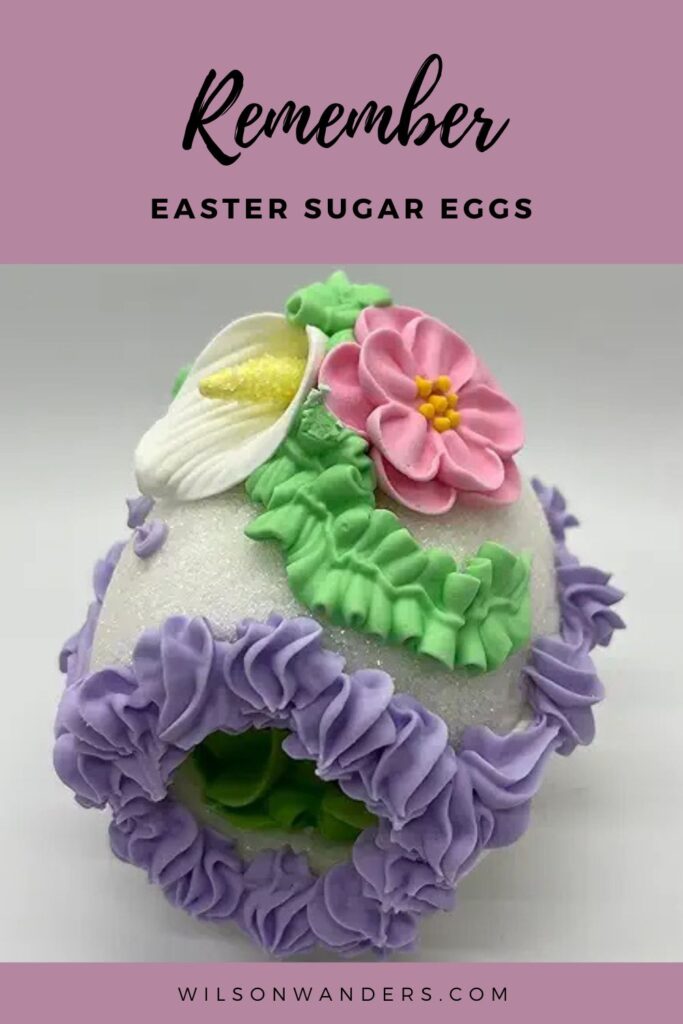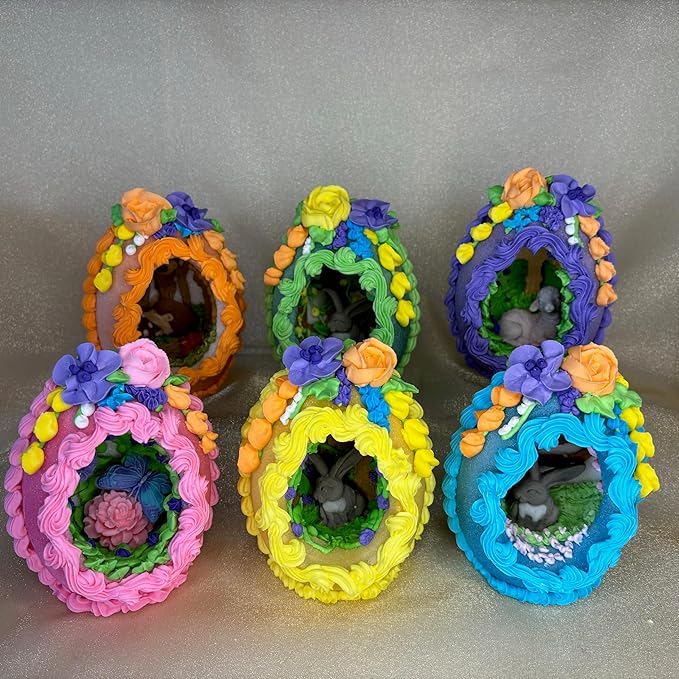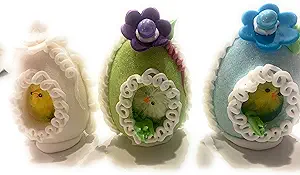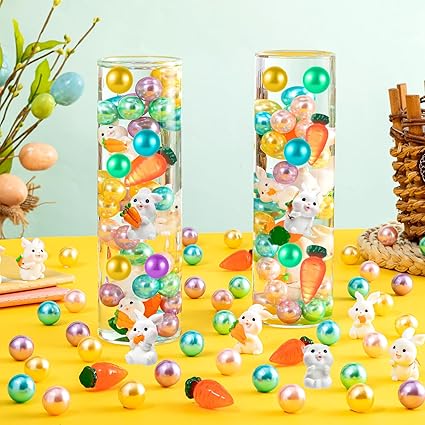
Sugar eggs with delicate miniature scenes inside are a charming Easter tradition, captivating children and collectors alike. These intricate confections, often made from molded sugar and adorned with royal icing, have a history rooted in European candy-making traditions.
The origins of sugar eggs date back to the 18th and 19th centuries, when European confectioners, particularly in Germany and Italy, began crafting decorative sugar sculptures for celebrations. Inspired by the art of sugar casting, these edible decorations evolved into hollow eggs filled with tiny springtime or Easter-themed dioramas.
By the late 19th and early 20th centuries, the tradition made its way to America, where Victorian-era artisans refined the craft, adding ornate icing details and vibrant colors. These sugar eggs became popular gifts during Easter, symbolizing new life and the joy of the season.
While traditional sugar eggs were handmade with meticulous detail, modern versions are sometimes mass-produced. However, many confectioners and hobbyists still create them by molding sugar with egg-shaped forms, carefully carving out the interiors, and decorating them with whimsical scenes of bunnies, chicks, flowers, and religious motifs.
Though not as common as chocolate eggs today, sugar eggs remain a nostalgic and beloved Easter decoration, reminding people of a time when confections were both art and celebration.
As an Amazon Affiliate, I earn from qualifying purchases. Copyright ©2024 WilsonWanders.com




